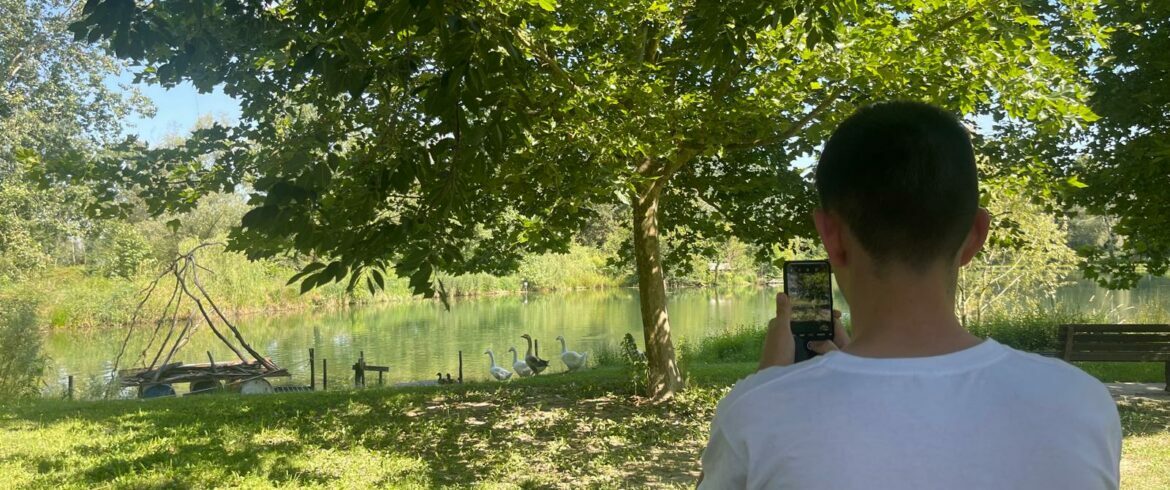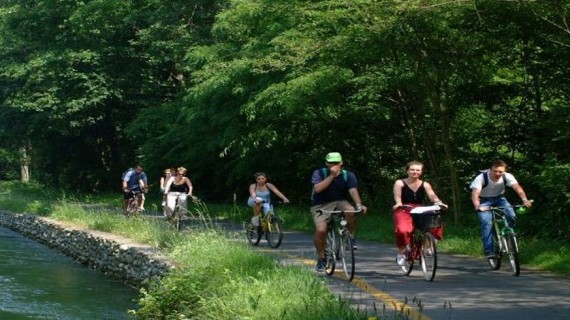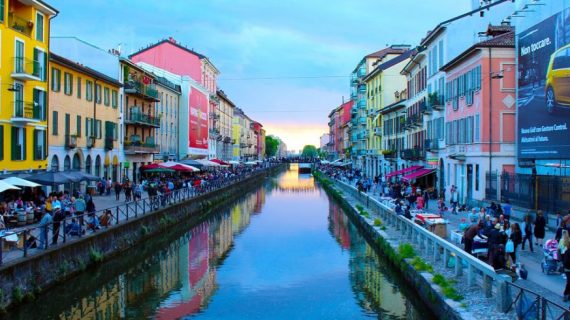Located in the picturesque countryside of Lomellina, that corner of Lombard land west of the Ticino River where the sky meets the water of the rice fields, the Parco dei Tre Laghi di Gravellona Lomellina is a green oasis and a haven of tranquility just 30 km from Milan and Novara and 50 km from Pavia.
Created in the late 1990s by the municipality of Gravellona with the involvement of residents and many volunteers, the park is an example of landscape architecture and love for nature.
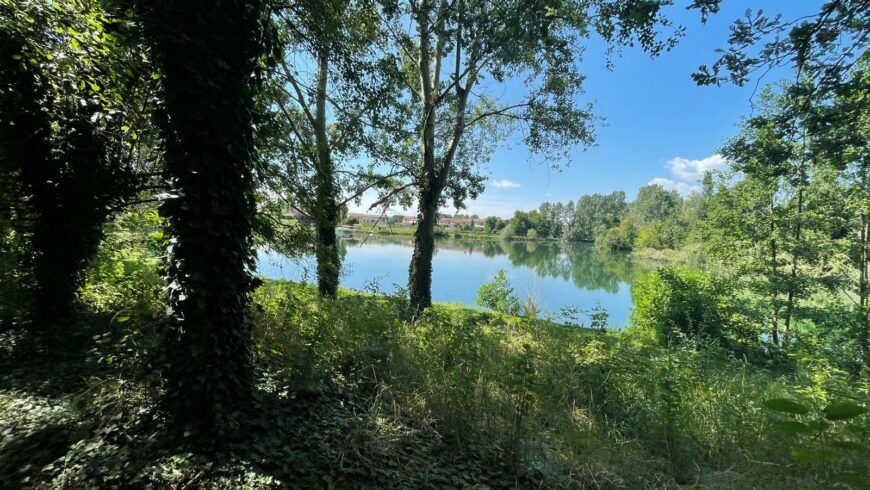
Today, this enchanting green area with lakes, marshes, woods, and hills is the ideal destination for outdoor trips, picnics, walks, bike routes, sports, fishing, photography, and nature observation. There is also a designated area for camper stops.
The History of the Park
Upon arriving at the park, local volunteers share the history of the place and how the Parco dei Tre Laghi came to be—a story of perseverance and vision.
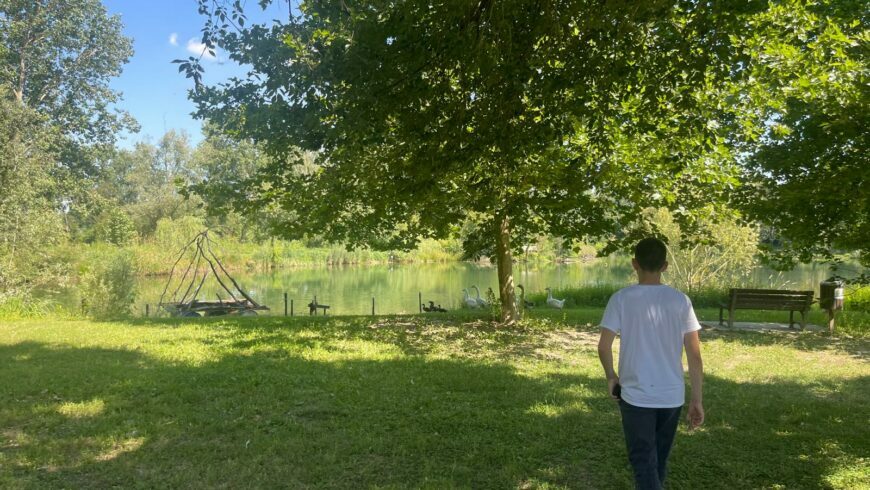
In 1993, the municipal administration of Gravellona Lomellina planned the creation of the park, facing ten years of bureaucratic challenges to obtain the necessary permits. During this period, the municipality acquired the required land and planted about 7,000 trees with the help of many volunteers. Excavation for the lakes began in 2004, using spring water from the melting snow of the Alps, creating basins up to 4.5 meters deep.
The park continued to develop over the years, with the construction of hills, bridges, picnic areas, a bar/restaurant, and leisure and sports facilities.
Some characteristic areas include the dolmen and the cromlech, stones arranged in circles that serve as a solar calendar, installed in 2010.
Visit to the Parco dei Tre Laghi
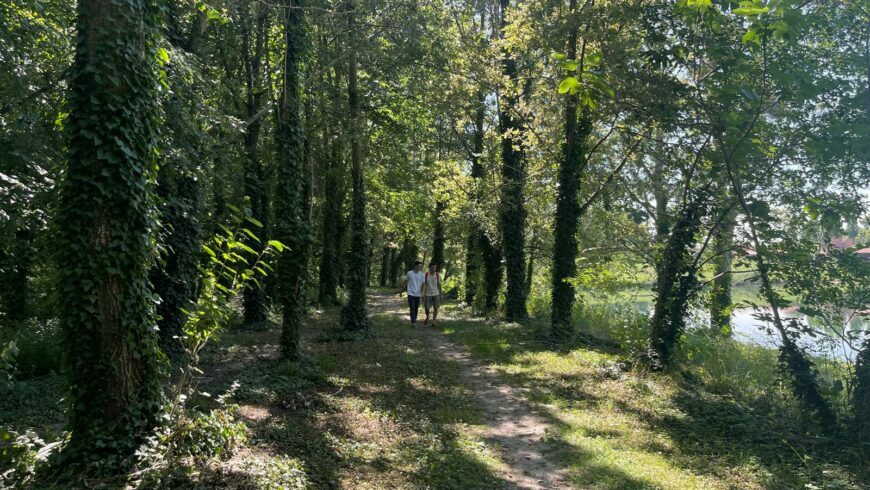
Entering the park from the piazza of Gravellona, visitors find themselves on a river terrace overlooking the now-vanished Terdoppio stream.
The first of the three lakes, called Volpera, is fed by spring water and surrounded by a picturesque landscape. Most of the park’s plants were planted by volunteers, creating a rich biodiversity environment. Herons, fish, frogs, ducks, and swans are just some of the animals found in the park.
The main hill, built with the soil excavated to create the lakes, hosts the dolmen and the cromlech, offering a prehistoric touch and a unique vantage point over the park.
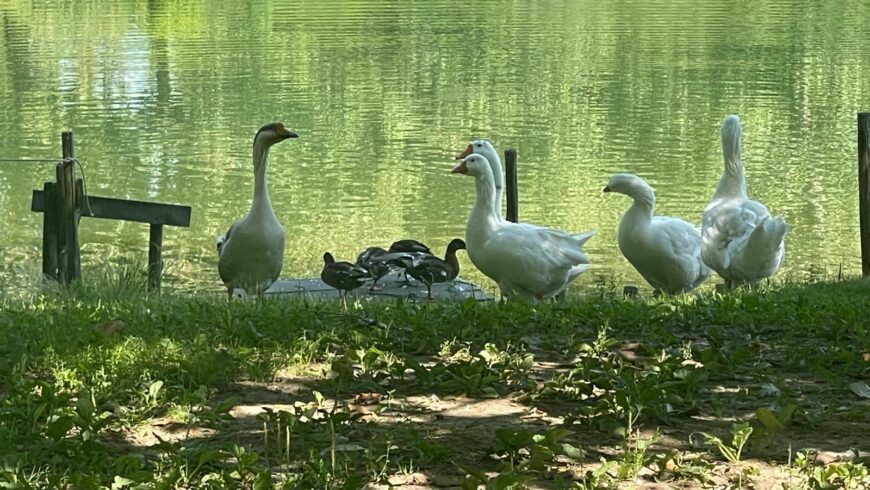
The second lake, known as Lago dei Pescatori, is smaller but equally charming, with high banks protecting against flooding.
The Lago delle Streghe, located to the east, is so named because a stream called Roggia delle Streghe flows at the park’s edge. The south side of the lake is shallow, and its low waters host numerous natural habitats.
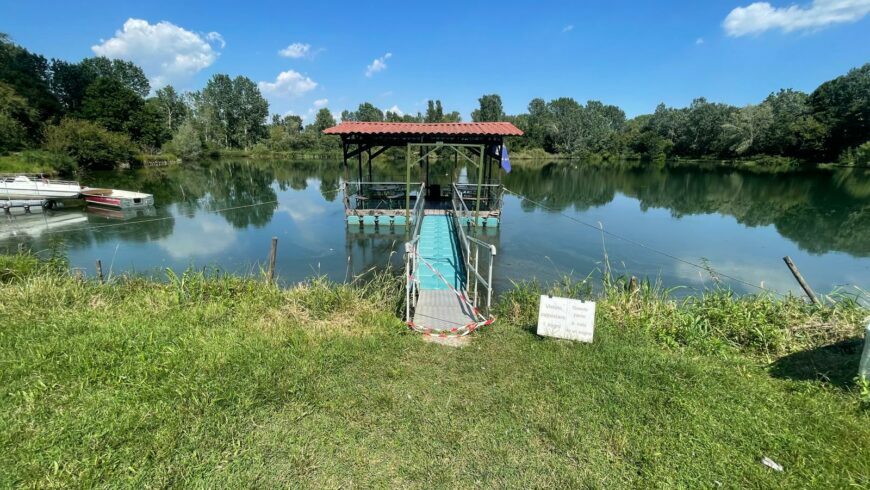
Experiences and Events
Every year, in early June, the Festival of Art is an artistic event held both in the Parco dei Tre Laghi and the historic center of Gravellona, featuring exhibitions by local artists, workshops, and creative events for adults and children.
The Giardino dei Conti Barbavara
Adjacent to the park is the Giardino dei Conti Barbavara, a rare example of an English garden in Lombardy.
Created in the late 1700s by an English architect and gardener brought to Italy by the noble Andrea Ferraris, the garden was designed to include lakes fed by spring water and artificial hills. This garden has played a crucial role in maintaining the area’s biodiversity, serving as a natural reservoir for many animal and plant species.
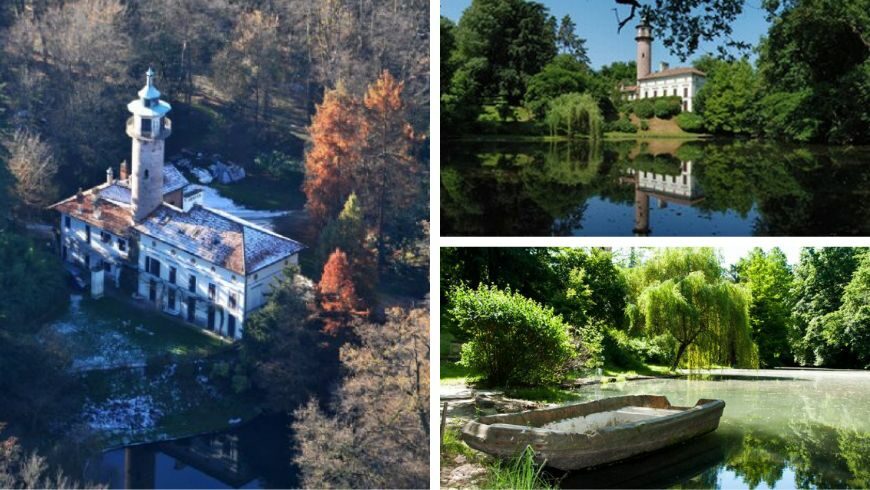
The garden features centuries-old trees, including some varieties of pines native to the Po Valley, and architecture that blends English style with Italian influences. The house with the tower, built in the late 1700s, offers a panoramic view that once extended to Milan, historically used to spot troop movements during the First War of Independence.
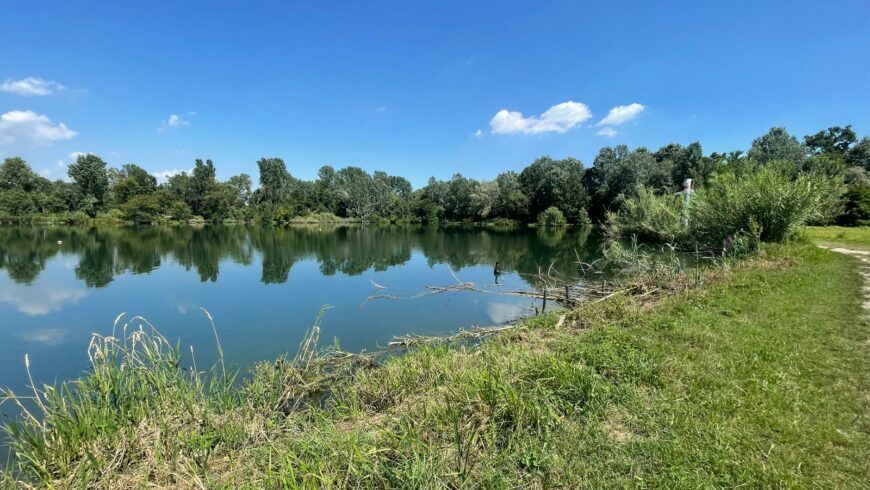
The Parco dei Tre Laghi and the Giardino dei Conti Barbavara are examples of how community will and love for nature can transform a territory. With a history rooted in antiquity and evolving through centuries of change, these places offer a refuge from urban frenzy, a green oasis where history and nature meet to create an environment of incomparable peace and beauty.
Info and contacts: Park website
